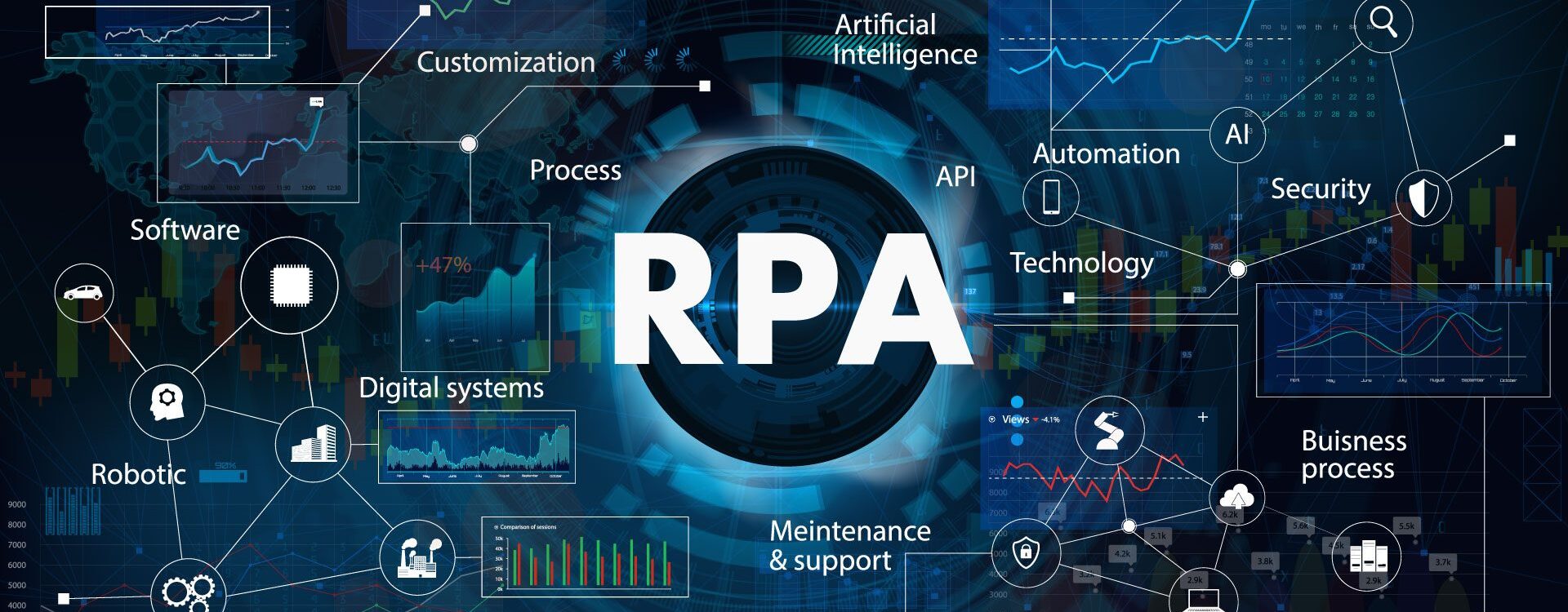
Customer expectations are evolving rapidly, and businesses must adopt smarter, faster, and more efficient solutions to enhance customer experience (CX). Robotic Process Automation (RPA) plays a critical role in streamlining operations by automating repetitive tasks, reducing human errors, and ensuring seamless customer interactions. With AI-driven automation, companies can optimize customer journeys, from query resolution to onboarding, delivering faster and more personalized services. ...
This article explores how RPA is transforming customer experience by improving efficiency, reducing costs, and enhancing overall satisfaction.
How RPA Enhances Customer Journeys
RPA enhances customer experience by automating backend and front-end processes, making interactions smoother and more efficient. It eliminates manual data entry, reducing response times in customer support, while chatbots and automated workflows empower customers with quick resolutions. Automated workflows minimize human mistakes, improving data accuracy. Automated document processing accelerates verification and approvals, speeding up customer onboarding. Additionally, RPA-driven analytics help predict and address customer needs in real-time, enabling proactive customer engagement.
Automating Repetitive Tasks
RPA eliminates the need for manual intervention in repetitive and mundane tasks such as data entry, order processing, and customer support inquiries. This significantly reduces turnaround times and allows employees to focus on higher-value activities that enhance customer interactions.
Enhancing Self-Service Options
By integrating RPA with AI-driven chatbots and virtual assistants, businesses can offer efficient self-service options. Customers can get instant resolutions for common issues such as resetting passwords, tracking orders, or scheduling appointments, improving overall user satisfaction.
Reducing Errors and Improving Accuracy
Human errors in manual data handling can lead to customer dissatisfaction. RPA ensures high accuracy in tasks like data validation, customer profiling, and billing, leading to fewer complaints and better service delivery.
Speeding Up Customer Onboarding
Traditional onboarding processes are often slow due to manual verification and approvals. RPA accelerates these processes by automating document verification, background checks, and compliance procedures, leading to a faster and smoother onboarding experience.
Enabling Proactive Customer Engagement
RPA-driven analytics provide businesses with valuable insights into customer behavior and preferences. Companies can proactively engage customers with personalized recommendations, special offers, and timely responses, leading to higher engagement and satisfaction.
Key Benefits of RPA in CX
Faster Response Times
Automated processes handle customer queries instantly, reducing wait times and enhancing customer satisfaction. Businesses can offer 24/7 support without the need for large customer service teams.
Cost Reduction
By minimizing manual labor and operational inefficiencies, RPA helps businesses significantly cut costs. Automation reduces the need for large customer service teams while maintaining high service quality.
Improved Customer Satisfaction
Faster resolutions, personalized interactions, and error-free service lead to improved customer satisfaction and increased brand loyalty. Happy customers are more likely to recommend and stay loyal to a brand.
Scalability and Flexibility
RPA allows businesses to handle fluctuating customer demands effortlessly. Whether it’s seasonal spikes in e-commerce or increased customer inquiries during service outages, automation provides a scalable solution.
Better Compliance and Security
Automation ensures regulatory adherence by maintaining accurate records, performing compliance checks, and reducing security risks associated with human intervention in sensitive data handling.
Real-World Use Cases of RPA in Customer Experience
Banking & Finance
Financial institutions use RPA to automate loan approvals, fraud detection, and Know Your Customer (KYC) verification. Automated workflows ensure compliance with regulatory standards while improving processing speed.
E-commerce
Retailers leverage RPA for order tracking, returns processing, and customer inquiries. Chatbots powered by RPA provide real-time updates and personalized recommendations, enhancing the shopping experience.
Healthcare
Hospitals and healthcare providers use RPA for managing patient records, scheduling appointments, and processing insurance claims. Automation reduces administrative burden and ensures efficient patient care.
Telecom
Telecom companies deploy RPA for automating service activations, billing adjustments, and customer ticket handling. This ensures quicker resolutions and reduces the load on human agents.
Retail
Retail businesses use AI-driven chatbots and recommendation engines to personalize customer interactions. Automated processes streamline inventory management, reducing delays and enhancing service efficiency.
Challenges and Considerations for RPA Implementation
Integration with Legacy Systems
One of the biggest challenges in RPA adoption is ensuring compatibility with existing IT infrastructure. Businesses need to invest in middleware solutions or APIs to integrate automation with legacy systems seamlessly.
Balancing Automation with Human Touch
While automation speeds up processes, customer experience must remain personalized. A hybrid model combining RPA with human agents ensures that complex or sensitive issues receive human attention.
Data Security and Compliance
Protecting sensitive customer information is critical. Businesses must implement robust cybersecurity measures and ensure RPA solutions comply with industry regulations like GDPR, HIPAA, and PCI-DSS.
Employee Adoption and Training
Introducing RPA requires employees to adapt to new workflows. Organizations should invest in training programs to help employees understand and work alongside automation effectively.
Ongoing Monitoring and Optimization
RPA solutions must be continuously monitored and optimized to adapt to evolving customer needs and business requirements. Regular updates and enhancements ensure sustained performance.
Conclusion
RPA is revolutionizing customer experience by making interactions faster, more accurate, and highly efficient. By leveraging automation, businesses can enhance customer satisfaction, optimize costs, and stay ahead in today’s competitive digital landscape. However, successful implementation requires balancing automation with human-centric strategies to ensure a seamless and personalized customer journey. With the right approach, businesses can unlock the full potential of RPA and drive exceptional customer experiences.
© CX Frontiers. All Rights Reserved. Design by UBS Forums